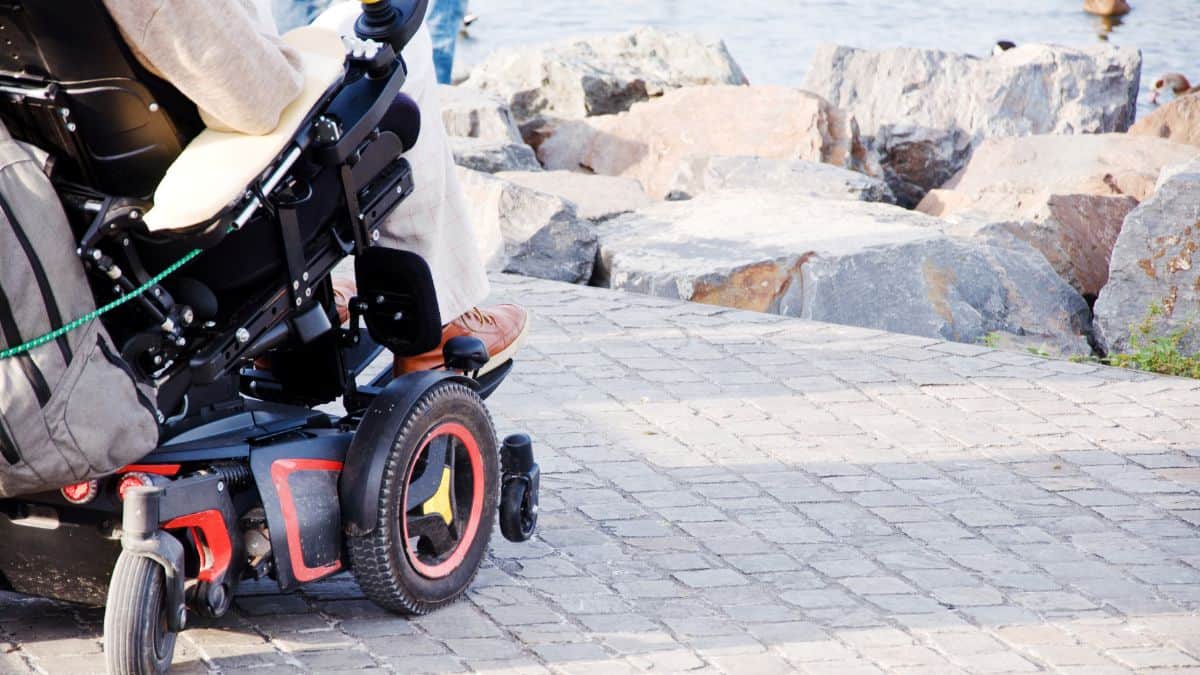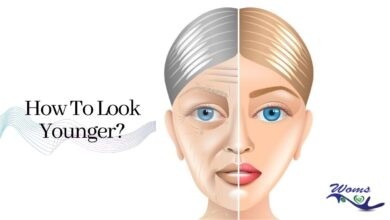Mobility Chairs – Enhancing Comfort and Independence for Disabled and Elderly Adults

Mobility challenges affect a significant portion of the global population, particularly among elderly and disabled individuals. For many, maintaining independence is deeply connected to having the right kind of mobility aid, and the mobility chair is a vital piece of equipment that can restore a sense of autonomy. A mobility chair offers comfort, safety, and ease of movement, making it a highly beneficial alternative for individuals who cannot rely on a standard wheelchair or who require additional support.
These mobility devices can have a huge effect on the health of many elderly or disabled people.
The Need for Mobility Chairs
A mobility chair is more than just a convenience, it’s often a lifeline for people with limited mobility. Whether due to age, injury, or disability, individuals who find it difficult to walk or stand for prolonged periods require specialized seating to maintain their independence. Mobility chairs are designed to cater to a broad range of needs, from supporting the elderly who may struggle with balance to assisting disabled adults who require a stable base for movement.
Different models of mobility chairs are available, each tailored to meet specific needs. Some chairs for handicapped persons are equipped with reclining features and additional padding for comfort, while others are designed for easy transportation, allowing them to be folded and stored when not in use. For adults with limited strength, rolling chairs offer a way to move from room to room with minimal effort. Many models even come with powered features, providing a smoother, more controlled experience for the user. (Source: https://vela-chairs.com/inspiration-for-use/mobility-chairs/ )
Available Options for Individuals with Support Needs
Mobility chairs for disabled adults come in various forms, each aimed at improving quality of life. When choosing the best chair for a handicapped person, several factors must be considered, such as weight capacity, adjustability, and ease of use. Comfort is paramount, as many individuals will spend extended periods in these chairs.
- Chairs for elderly disabled individuals often prioritize ease of use, featuring ergonomic designs that reduce strain on the body. Some models have adjustable footrests and armrests to accommodate different body types and ensure a snug fit.
- Wheelchair alternatives for the elderly focus on providing a supportive platform while offering more freedom than a traditional wheelchair. These alternatives may include electric chairs with advanced features like tilting functions, making it easier to maintain correct posture and avoid pressure sores.
- Rolling chairs for elderly individuals offer mobility without the need for constant lifting or pushing by a caregiver. These chairs usually feature smooth-rolling wheels and a lightweight design, allowing for seamless movement across different surfaces.
Disability chairs also incorporate numerous customizable options, including adjustable seat heights, backrests, and cushioning. This adaptability ensures that the chair can grow with the user, adjusting to changing needs over time. For handicapped adults, finding the right balance between mobility and comfort is critical, and mobility chairs are specifically designed to meet these demands.
The Role of the Chair in the Lives of Disabled and Elderly
For handicapped adults, the right chair can transform their everyday experience. Many individuals with physical disabilities struggle with mobility, but with the proper support, they can continue engaging in daily activities. A chair for disabled adults may come with specialized supports for the back, neck, and limbs, ensuring that the user can sit comfortably for extended periods without risking further strain or injury. (Source: https://scalar.usc.edu/works/serps/enhancing-daily-life-with-mobility-chairs-for-disabled-adults )
The best chair for elderly with mobility issues is often one that combines both mobility and comfort. These chairs may offer electric adjustments, allowing users to recline, tilt, or raise their seats with the push of a button. Features like this not only make it easier for the user to get in and out of the chair but also contribute to their overall comfort and safety. Chairs for elderly disabled individuals often include padded armrests and headrests to provide additional support and prevent fatigue.
Mobility chairs for adults also benefit caregivers by reducing the amount of physical assistance required. This allows caregivers to focus more on ensuring the safety and well-being of their patients without risking injury to themselves. For example, a chair for a disabled person equipped with easy-to-use controls or a powered lift function significantly minimizes the physical effort needed to help the user stand or sit.
Innovation and Technology in Mobility Chairs
Advancements in technology have greatly influenced the development of mobility chairs, offering solutions that go far beyond traditional seating. For those seeking a wheelchair alternative for the elderly, electric mobility chairs have emerged as a popular option. These chairs feature battery-powered motors that allow users to move around independently without the need for manual propulsion.
Electric mobility chairs often come equipped with intuitive controls, allowing users to navigate tight spaces or inclines with ease. For handicapped individuals or elderly persons with mobility impairments, this added functionality provides a greater sense of independence and confidence. Some chairs even include smart technology, integrating sensors that detect obstacles and provide feedback to prevent accidents.
- Chairs for disabled persons with enhanced maneuverability are particularly beneficial in small living spaces where traditional wheelchairs may be too bulky. Compact designs combined with swivel wheels allow for easier navigation through narrow hallways and doorways.
- Best chairs for handicapped adults prioritize accessibility without sacrificing comfort. These chairs may include features like memory foam padding, which molds to the user’s body, reducing pressure points and enhancing overall comfort.
- Mobility chairs for adults are available in both powered and manual versions, offering choices that suit varying levels of independence and mobility.
Focus on comfort and safety for the user
Safety is a major concern for individuals who rely on mobility aids. Chairs for handicapped adults must be designed to prevent falls or other accidents, which are particularly dangerous for elderly disabled individuals. Disability chairs often incorporate safety features such as locking wheels, non-slip seat surfaces, and reinforced frames capable of supporting larger weight capacities.
Comfort is equally important, as many users spend significant portions of their day seated. Modern mobility chairs are designed to promote good posture and prevent common issues like pressure ulcers or back pain. Features such as padded seats, lumbar support, and adjustable reclining options ensure that users can remain comfortable, even during prolonged use.
For the elderly with more severe mobility impairments, a mobility chair for adults with tilt-in-space functionality can help reduce pressure on sensitive areas of the body by allowing the chair to recline while keeping the user’s hips and legs in the correct position. This feature helps distribute body weight more evenly, reducing the risk of pressure sores and other discomforts.
Practical Considerations When Choosing a Chair
When selecting a chair for a disabled or elderly individual, it’s essential to consider factors such as the user’s lifestyle, mobility needs, and the type of environment in which the chair will be used. For those who require a chair to navigate through tight spaces or over uneven terrain, portability and maneuverability are key considerations.
Many disability chairs offer a range of accessories that can enhance their functionality. For example, some models come with built-in trays, cup holders, or storage compartments, providing additional convenience for users who spend much of their day seated. For individuals who need assistance getting in and out of the chair, options like powered lifts or reclining mechanisms can make all the difference.
Whether the goal is to provide mobility for a handicapped adult or to ensure that an elderly person can move comfortably around their home, selecting the right mobility chair is a critical decision that can greatly improve quality of life.




